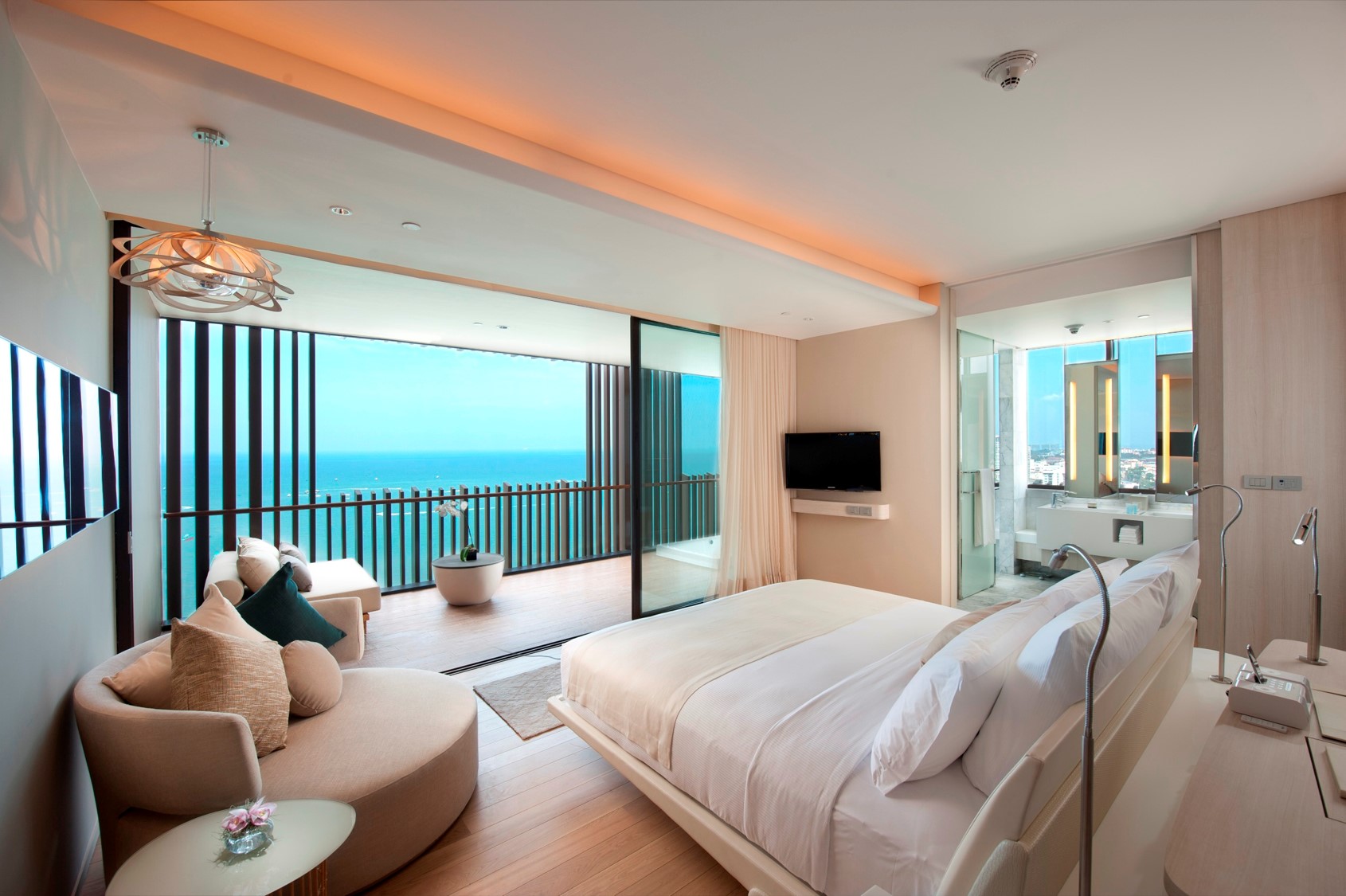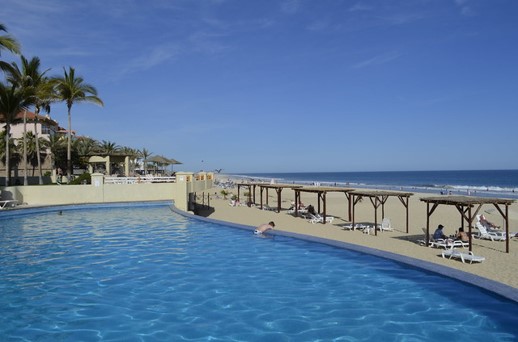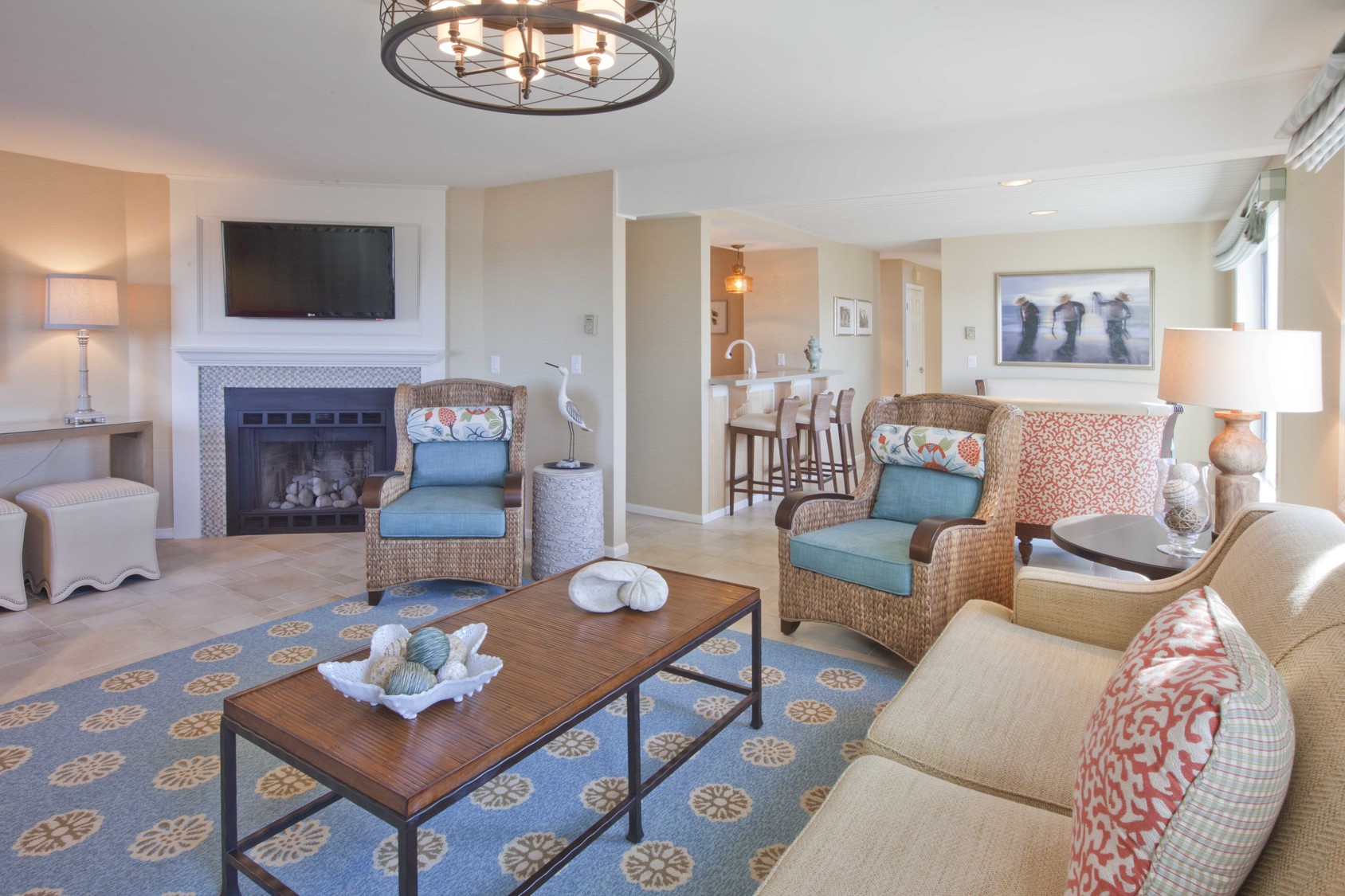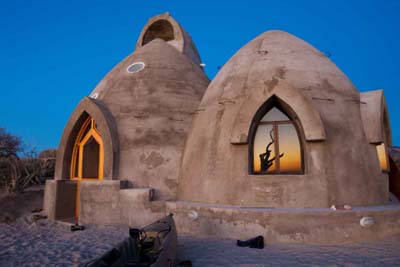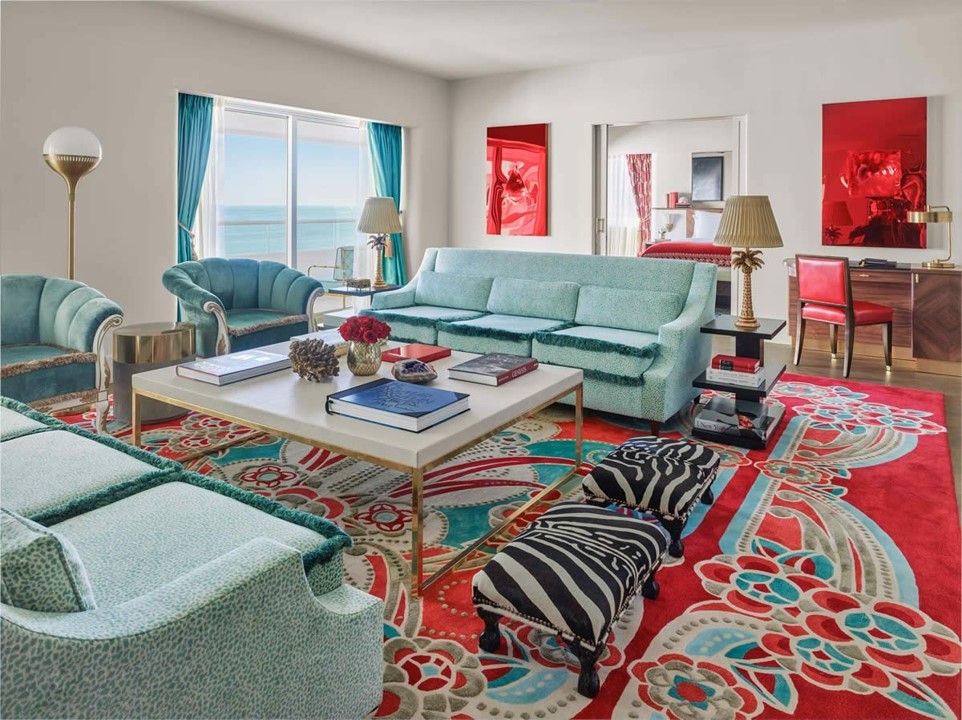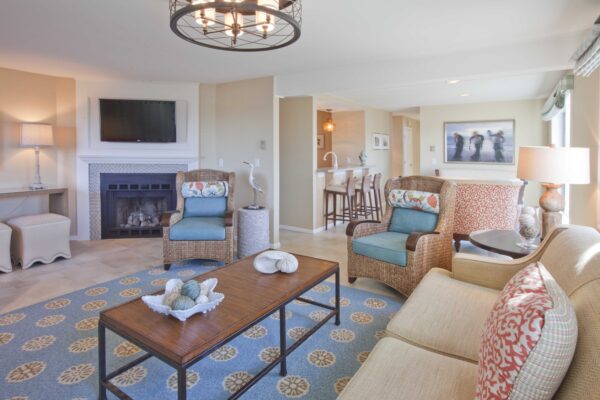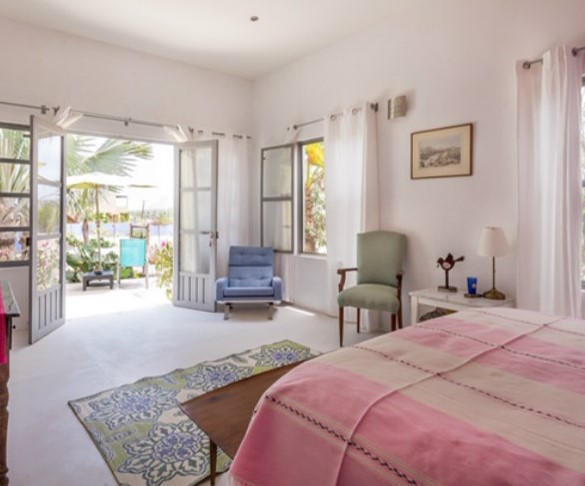Things To Do

The East Cape
The East Cape region features 120km of wild coastline, littered with stunningly beautiful beaches, especially around Cabo Pulmo. There is only a handful of towns and villages, with far less development than Cabo San Lucas and San José del Cabo, though thanks to a major influx of North American “snowbirds”, US dollars are also widely accepted here, and English is often spoken.
The best of the East Cape is protected within Cabo Pulmo National Marine Park, with pristine beaches and a rare hard coral reef just offshore. The area is anchored by the off-the-grid village of CABO PULMO, which has a population of around 250, basic facilities (only solar power), no paragliders and no jet skis. The beach here is rocky with strong riptides, but just fifteen minutes’ drive south on a bumpy gravel road is Playa Los Arbolites (entry M$30), a gorgeous privately owned beach with palapas, toilets and showers, and decent snorkelling. About five minutes further south by car is Playa Los Frailes (free, no facilities), a picturesque cove with sensational snorkelling – it can be like swimming in a fish tank, with rays and turtles also gliding around. There’s also a sea lion colony about 1km further along the shore, accessed by boat, kayak or by a combination of wading and swimming (strong swimmers only). Rent snorkelling gear back in Cabo Pulmo.
The largest and most accessible resort town on the East Cape is LOS BARRILES, a sportfishing and windsurfing centre some 66km north of Los Cabos airport on Hwy-1 (beyond the turning to Cabo Pulmo). Though it gets busy in the winter, it retains a fairly laid-back scene, with low-key development along the shore.
Wine tasting in Todos
Visit La Bodega de Todos Santos (612 152 0181) on Hidalgo, between Militar and Juárez, for Baja wine tastings (mostly Valle de Guadalupe), every Monday 5–8pm. The wine shop is otherwise open Tuesday–Saturday noon–7pm, with red wine tasting (and Doña Guillermina’s tamales) on Wednesdays 5–8pm. Also sells its own olive oil from the Valle de Ensenada.
Surf and swim El Pescadero
Before heading further south consider stopping at El Pescadero, just 12km from Todos, a small dusty village close to some of the best surf breaks and beaches on the coast: Playa San Pedrito, a short walk from the village, and gorgeous Playa Los Cerritos, 1km south (look for the turn at km 65). Both beaches are good for swimming. Mario’s Surf School (612 142 6156) rents surf boards and offers lessons at Playa Los Cerritos, and there’s a good choice of accommodation and eating options in the area. Most buses stop at Pescadero, on Hwy-19 (every 30min or so in both directions), but you really need a car to make the most of the area.
When to visit Los Cabos
High season in Los Cabos, as in the rest of Baja, is November through until May, though domestic tourists also provide a mini boom July and August. January and February is the best time to see whales. Avoid Christmas and Easter (packed) and spring break (Feb/March) if you want to sleep; the fishing competition season in October and November can be fun but also busy. In the summer and early autumn off-season (May–June and Sept–Oct), the heat (up to 42 °C) makes things less appealing (though the sea is warm; many locals swim at night). Whenever you visit, you can be assured that it rarely rains – all the fresh water comes from desalination plants.
Sand Falls and Neptune’s Finger
Dive trips are big business in Cabo. Experienced divers shouldn’t miss the rim of a marine canyon at a site known as Anegada, off Playa del Amor, where unusual conditions at 30m create the “Sand Falls” (famously discovered by Jacques Cousteau in the 1970s), with streams of sand starting their 2000m fall to the canyon bottom. Nearby, Neptune’s Finger is a rock pile smothered in sea sponges, gorgonias and sea fans.
The corridor’s best beaches
The distinction between Cabo San Lucas and San José del Cabo blurs further each year as new resorts are erected along the 33km Corredor Turístico (aka Hwy-1), or just the CORRIDOR, separating the two towns. As a general rule, Sea of Cortez beaches may be swimmable and Pacific beaches never are, but before you swim or surf anywhere in Los Cabos, ask a local and read any posted signs. Obey any signs warning you off wet sand and note that beaches deemed safe one season may not be safe year round – summer especially can be hazardous.
The good news is that every beach is free and open to the public, though getting to and from them can be a hassle without your own car. With the exception of Playa El Médano in Cabo San Lucas and Palmilla in San José, you can’t comfortably reach any of the beaches on foot unless you’re staying at one of the adjacent resorts. If you’ve got your own transport you can turn off Hwy-1 at any of the beaches and park in the sand; local buses (M$17–23) run up and down the highway every twenty to thirty minutes between around 5am and 10pm daily (just flag them down). There are no toilets or lifeguards at the beaches and if you want shade, food or drink, bring your own. All distances here are measured east from Cabo San Lucas towards San José del Cabo, 33km away.
Barco Varado, km 9. The remains of a Japanese trawler that sank in 1966 lie offshore here, making diving the main focus of this beach, though it’s also a popular surfing spot. Take the marked dirt access road off the highway; mind the rocks on your way down.
Bahía Santa María, km 13. You can scuba and snorkel on rock reefs (rays and turtles hang out here) at both ends of this horseshoe cove, and go swimming at the protected beach in the middle. There’s a secure parking lot ten minutes’ walk from the beach (signposted from the highway).
Bahía Chileno, km 14.5. There are toilets here (the only beach that has them) and a dive shop that rents watersports equipment (nothing with a motor, though), making Chileno one of the easiest beaches to enjoy. Definitely the best family beach; excellent for swimming, diving and snorkelling, or just relaxing along the well-packed sand – it’s also one of the few beaches with shady palm trees. Look for the signs to “Chileno Beach Club”. It’s popular, so go early.
Playa Palmilla, km 27. Good, safe 1.5km-long beach used by San José hotel residents needing escape from the strong riptide closer to home. Point and reef breaks when surf’s up. Popular for standup paddle boarding. Access the beach by following signs to One & Only Palmilla and taking the only dirt-road cut-off to the left, about 2km from Hwy-1.
Playa Acapulquito, km 28. AKA Old Man’s, this is a top surfing beach for beginners, blurring into Costa Azul. Also home to super-cool Cabo Surf.
Costa Azul, km 28.5. The region’s best surfing beach is known for the Zippers and La Roca breaks during the summer (look out for rocks at low tide). Board rentals available at the car park. Swimming is possible during the late winter and early spring, but ask at Zippers beach restaurant (daily 11am–10.30pm; T 624 172 6162) before you dip in.

